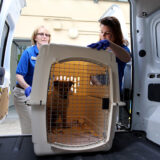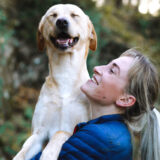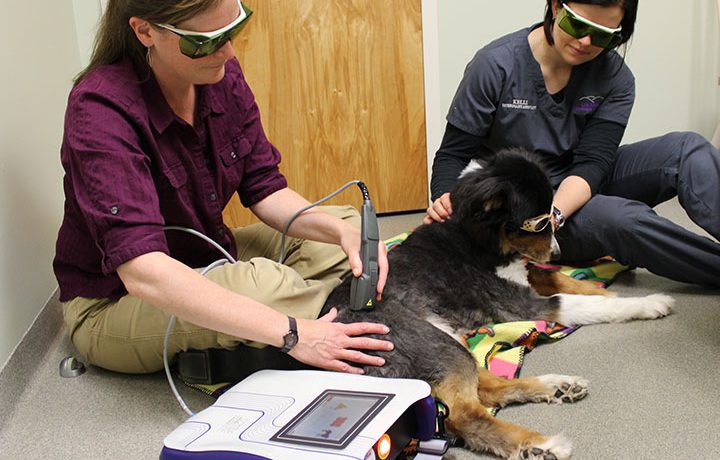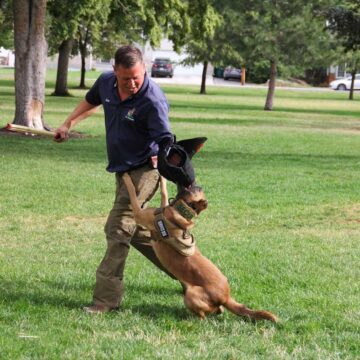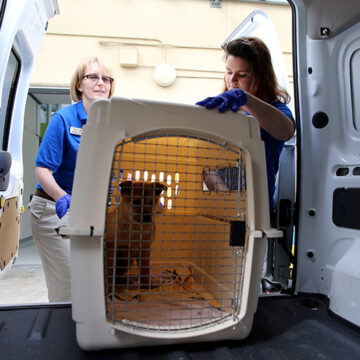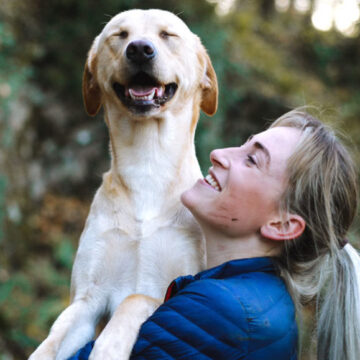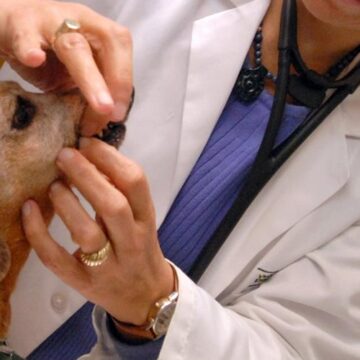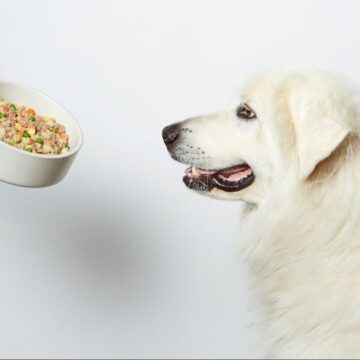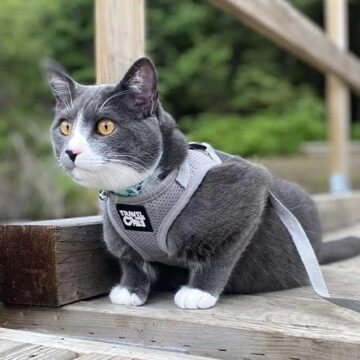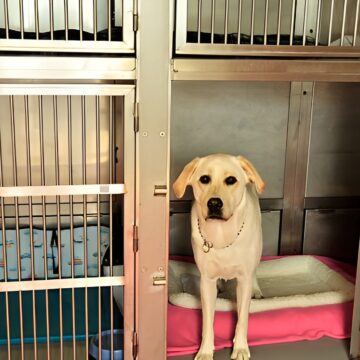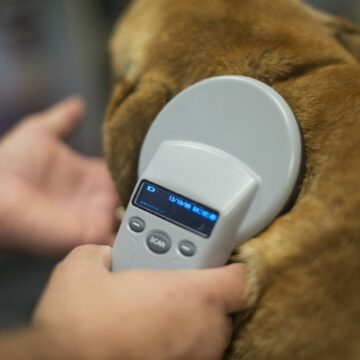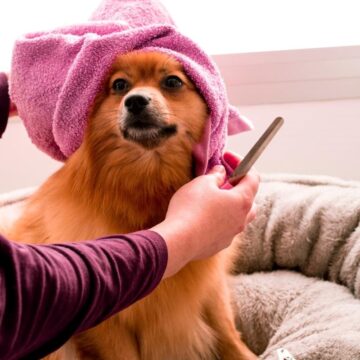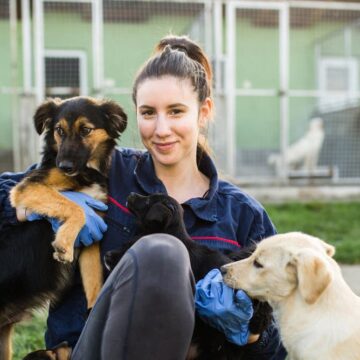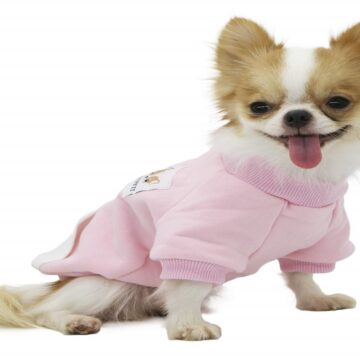Who isn’t familiar with the minor twist of the knee? We all have experienced it at some point in life which could be extremely painful. Humans and animals share the same pain, especially our canine buddies. The worst part is they could not speak to tell you that they have twisted their knee, but the good part is that you can read symptoms. There are several strategies to prevent and cure canine knee issues despite being very frequent.
How to treat knee injury?
First, you need to identify if it is a knee injury. The best is to look for a veterinarian for help immediately.
Symptoms identification
Limping is the most typical sign of a knee injury. In most cases, when a dog hits a knee, they walk unbalanced. They may struggle to stand up. These are the vital signs of a knee injury and should never be ignored. Causes of knee injury must be ruled out to know what treatment would be best, for example, bursitis, meniscal tear, dislocated knee, or osteoarthritis.
Risk factors
Any breed or age can be prone to it, but few breeds are more predisposed to it than others. But it would have been best if you have ruled it out first. Larger dogs like Akitas, Saint Bernards, Mastiffs, Rottweilers, Staffordshire Terriers, Retrievers, and Labrador Retrievers are more likely to suffer from cranial cruciate ligament tears, one of the most frequent types of injuries. Among the small breeds, Yorkshire Terriers, Chihuahuas, Pomeranians, Poodles, and Terriers are prone to have patellar luxation, which could be congenital.
Lifestyle
If they are overfed, dogs often get overweight. Visit a veterinarian and bring a diet plan. Controlling the quantities provided to a dog is necessary to ensure their health. Because they are dogs, dogs never say no to food. You are responsible for ensuring your fur friend doesn’t consume more food than usual.
Regular exercise is essential to avoiding knee issues. Dogs may rapidly become overweight and sluggish, making their knees more prone to damage. Everyday walks with your dog are regarded as a highly beneficial practice.
Medication
If it has been identified that your fur friend is suffering from a knee injury, it is time to provide some comfort to them by choosing the best way to alleviate the pain. Glucosamine and collagen are substances known to help with joint health. Additionally, they assist in lowering knee discomfort and regulating swelling. They have no adverse effects and are completely safe for your dog.
You can also try laser therapy for dogs at home, a non-invasive and painless procedure that is now being used frequently at home. It contains a beam of light with a specific wavelength designed to heal the pain and inflammation and helps in the regeneration of nerves as well. Try heat therapy with it for the best results. Ant inflammatory medications like NSAIDs are good for lowering the pain for a short time.
How to prevent it?
Dogs are vibrant and playful animals, and as a result, they are all too familiar with the discomfort of a twisted or sprained knee. Still, prevention is the best cure. To avoid it, you can try the following
1. Daily exercise
Dogs’ bodies change as they become older. They won’t be able to tolerate as many demanding activities as they could in their prime. Change their fitness regimen from demanding activities to more relaxing park strolls. High-impact workouts should be avoided. But always try to be cooperative.
2. Supplementation
Dachshunds have very lopsided bodies. Their bodies are too long to be supported by their little legs. Their knees are under a lot of stress, which increases the risk of damage. To strengthen and safeguard his weak knees, consider using a joint supplement in his regular meals. Before beginning your pet on any new diet, get guidance from your veterinarian.
3. Physical therapy
Physical therapy will quickly get your dog back on his feet when paired with sufficient rest, pain treatment, and weight control. With the correct physical therapy treatment strategy, specific knee injuries may potentially be prevented.

